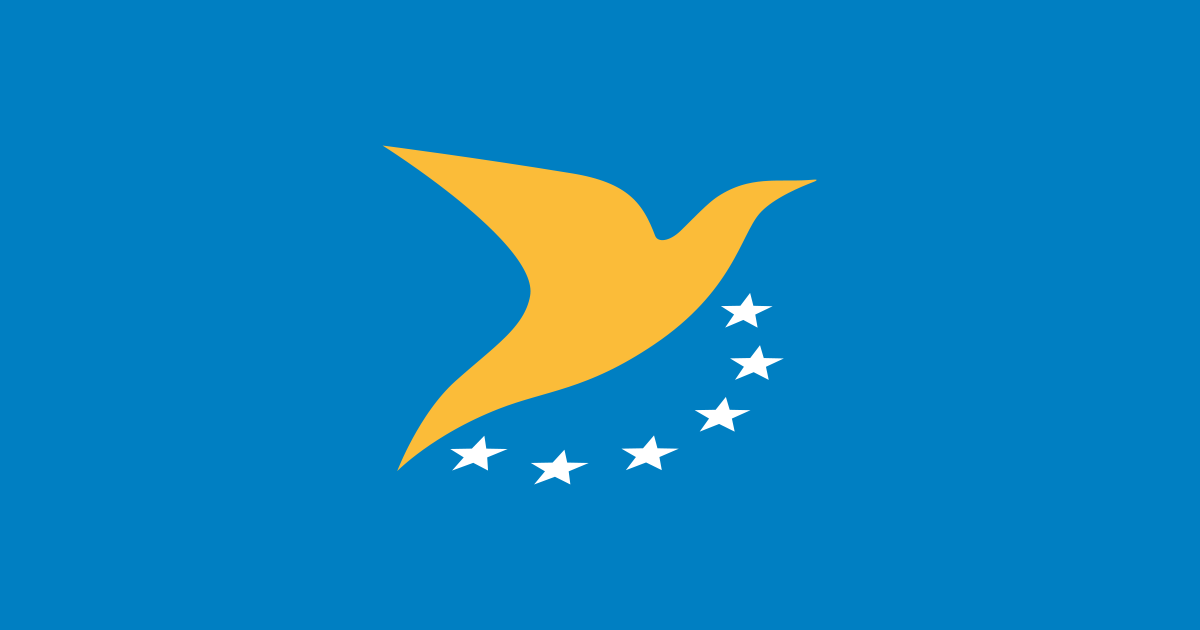Today, ahead of the 46th Antarctic Treaty Consultative Meeting, President Biden signed a National Security Memorandum (NSM) on United States Policy on the Antarctic Region. Under this policy, the United States will continue to lead cooperative international efforts through the Antarctic Treaty System (ATS) to maintain the Antarctic Region for peaceful purposes; protect its relatively pristine environment and ecosystems, particularly given the key role Antarctica plays in the global climate system; and conduct critical scientific research, long into the future.
The ATS has successfully maintained the peace in the Antarctic Region by freezing conflicting territorial claims, prohibiting military activities other than in support of scientific research or for any other peaceful purpose, prioritizing science and environmental protection over commercial interests, prohibiting mining for non-scientific purposes, and promoting transparency and cooperation. It also provides tools to verify compliance with these ambitious provisions, tools the United States has used more than any other country, having conducted 15 unannounced inspections of facilities in Antarctica. We remain vigilant against actions by countries that could threaten U.S. national interests by bringing international discord to the Antarctic Region. The United States, represented by the Department of State at ATS bodies, will work with international partners through the ATS to promote peace and science in the region, and promote international cooperation while safeguarding U.S. national interests.
With this NSM, the United States aims to:
- Protect the relatively unspoiled environment of the Antarctic Region and its associated ecosystems;
- Preserve and pursue unique opportunities for scientific research and understand Antarctica’s relationship to global environmental change;
- Maintain the Antarctic Region as an area of international cooperation reserved exclusively for peaceful purposes; and
- Assure the protection and conservation of the living resources in and ecosystems of the Antarctic Region.
The United States has the largest scientific program in the Antarctic Region. The U.S. Antarctic Program is managed on behalf of the nation by the U.S. National Science Foundation (NSF) and includes three year-round stations on the continent and assets dedicated to exploring and understanding the Southern Ocean and its role in the earth system. The NSF, in partnership with other Federal science agencies, also supports world-class research in Antarctica in aeronomy and astrophysics, ecology, atmospheric sciences, biology and medicine, geology and geophysics, glaciology, and ocean and climate systems, and living marine resources. Additionally, the National Oceanic and Atmospheric Administration (NOAA) has for decades monitored and studied Antarctic marine living resources and ecosystems, and in partnership with the NSF, provided the best scientific evidence available to policy makers about how to protect this vulnerable region, including the data underpinning the efforts to establish a representative system of effective marine protected areas. In addition, the Environmental Protection Agency, working closely with NSF, reviews and evaluates the potential environmental impacts when U.S. nongovernmental operators (including tour operators) plan to conduct expeditions to Antarctica.
The results of research conducted by the United States and other countries have conclusively demonstrated that ongoing climate and other global changes and their associated impacts are affecting the Antarctic Region and the world, including through ocean warming, sea-level rise, ocean acidification, stratospheric ozone depletion, air and water pollution, and threats to biodiversity. Research conducted by the United States has also helped shed light on the risks and uncertainties of climate tipping points such as the collapse of the West Antarctic ice sheet.
The United States has encouraged and will continue to encourage countries to take immediate steps to use the best available science to protect the Antarctic Region’s vulnerable environment and ecosystems, which is critical to a stable global climate, such as by encouraging countries to set ambitious 2035 nationally determined contributions (NDCs) under the Paris Agreement that are aligned with limiting global warming to 1.5 degrees Celsius, and establishing a system of effective marine protected areas in the Antarctic Region.
The Biden-Harris Administration will work with Congress to continue its support of our three world-class, year-round scientific research stations; research in the Antarctic Region on ocean ecosystems and Antarctic marine living resources; and modernization of the nation’s polar icebreaker fleet. The Administration will also work with Congress to meet international commitments and to ensure the appropriate domestic legislation and regulations to safeguard the wide range of U.S. interests in the Antarctic Region.
The policy signed today replaces PDD/NSC-26 (1994) and builds on the Biden-Harris Administration’s commitment to modernize outdated policies and address climate change.
###
Official news published at https://www.whitehouse.gov/briefing-room/statements-releases/2024/05/17/fact-sheet-biden-harris-administration-announces-new-actions-to-ensure-environmental-protections-of-the-antarctic-region/
The post FACT SHEET: Biden-Harris Administration Announces New Actions to Ensure Environmental Protections of the Antarctic Region first appeared on Social Gov.



More Stories
Statement from Vice President Kamala Harris on One Million Public Service Workers Receiving Student Debt Cancellation
Remarks by President Biden and First Lady Jill Biden at an Italian American Heritage Month Reception
Remarks by President Biden at a Memorial Service for Mrs. Robert F. Kennedy